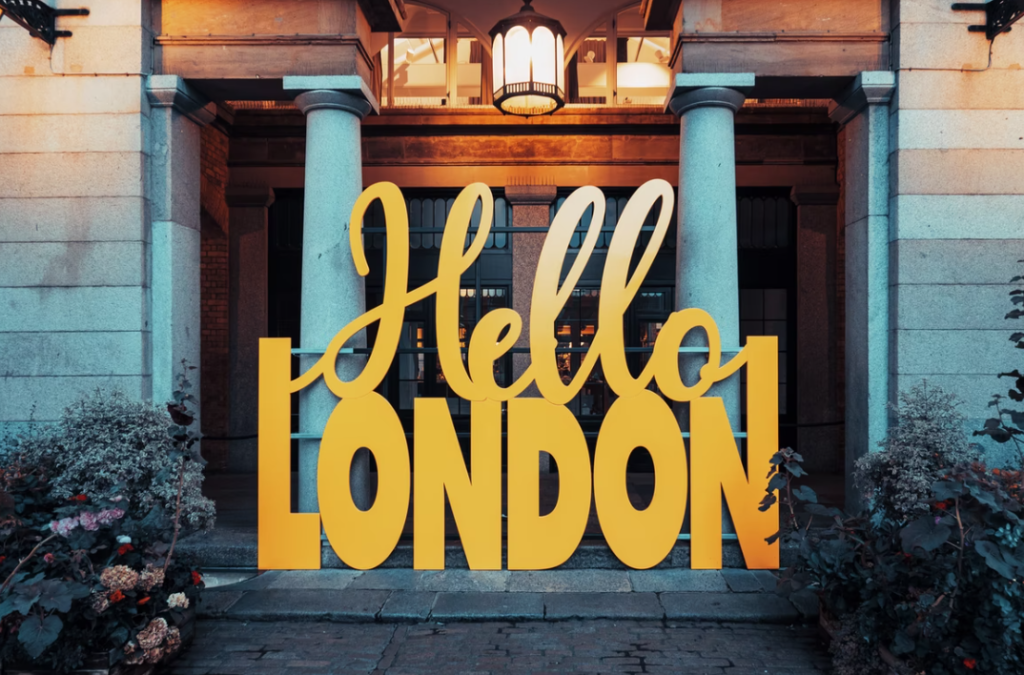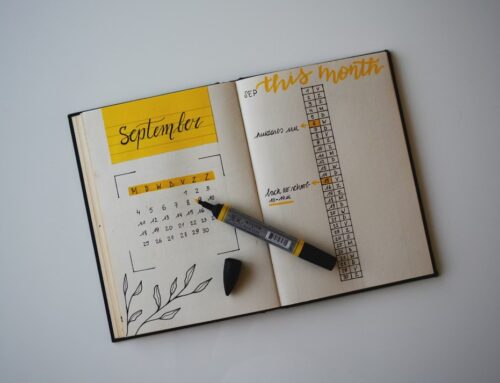Many of the creative writing and descriptive writing questions in exams require you to focus on an object, person, place or thing. In this mini-lesson, I’ll go through the basics of how to describe a place in detail – and not just in a boring way!
Lots of my students get stuck on descriptions; they tell me that they can’t think of anything to write. Or they feel like they can only just list details or features of the object without being ‘creative’. So, if this is relatable for you then keep reading as we’ll be breaking down how to go beyond basic descriptions and transform them into something personal, powerful and meaningful.
Descriptive Writing: What is it and How to do it
Thanks for reading! If you find this useful, take a look at our full Basic Descriptive Writing and Advanced Descriptive Writing courses.
Covent Garden, London: it’s a mystical place, full of wondrous spectacles! Go there in the daytime, and you’ll be greeted with throngs of tourists. They clatter on the cobbles, jostling one another with their copious bags of goodies procured from the commercial and boutique shops that are crammed around the central square. Many of them flow through the place like a river, but you’ll find others who are huddled around a goofy clown, or a fire eater or a man painted head to toe in stiff silver, holding an inside out umbrella against a visible wind, looking like he’s about to be blown off down the road.
Go there at night, and it’s a ghost town. The shops stare out blankly at empty streets. The columns and ornate features of the square are more pronounced in the stark electric light, particularly when it rains and the images of window shop adverts reflect off the cobbles, which are turned temporarily into miniature TVs. Once, hiding behind a column, I noticed a girl busking in the middle of the night, dressed in a fox mask, singing to no one.

Final Task: Review your work
Take a look back over your written piece, and do a short analysis of it – you can either write this out or just think about it. How successfully do you think the piece was? Are you happy with it? Why/why not?
Find three details that you are most proud of in your piece. Why are they great?
Find three details that could be improved. How would you improve them?
Thanks for reading! If you found this useful, take a look at our full Basic Descriptive Writing and Advanced Descriptive Writing courses, as well as other English Language and Literature courses.












